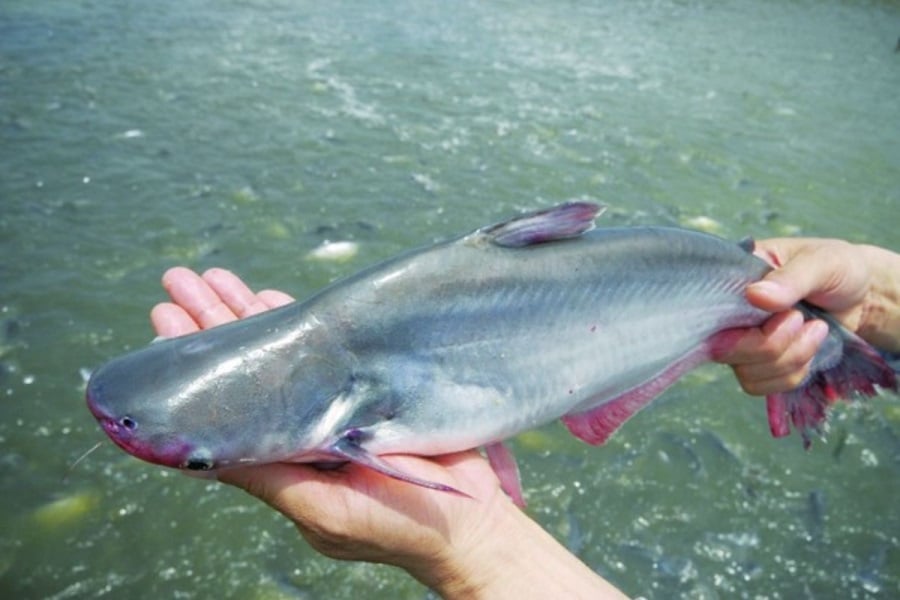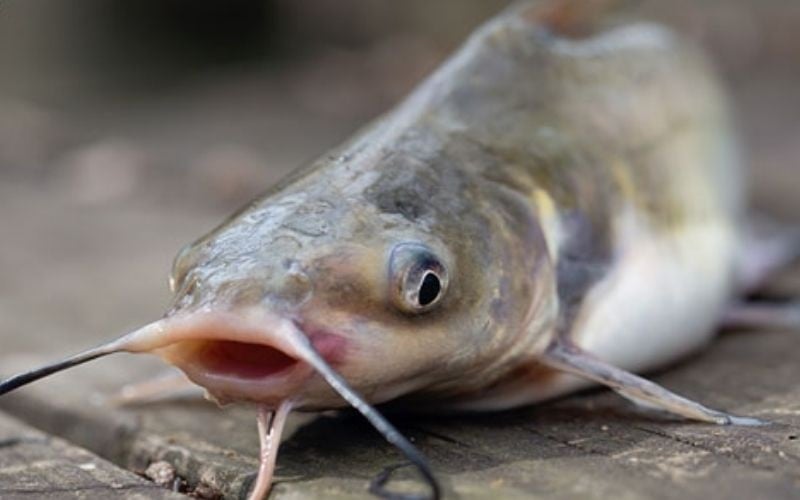Mercury is a serious concern when it comes to seafood safety. While some fish may be inexpensive, they can pose a significant health risk due to high mercury levels. One such fish is the large mackerel, also known as king mackerel or tuna.

Beware of Cheap Fish: Some Species May Contain High Levels of Mercury
Why Do Large Mackerels Contain High Levels of Mercury?
Mercury is a heavy metal that can accumulate in the food chain:
- In the marine environment, mercury from industrial and domestic sources is released and accumulates in the water column and sediments.
- Small fish absorb mercury by feeding on microorganisms or plants. When larger fish, such as large mackerel, feed on these smaller fish, their mercury levels increase with each step of the food chain. This phenomenon is known as biomagnification.
Large mackerels inhabit deep waters and have long life spans, making them susceptible to high mercury accumulation.
Fish Species Commonly High in Mercury
- Tuna: Particularly larger tuna species such as bluefin tuna can have high mercury levels.
- Shark: Being long-lived and predatory, sharks can accumulate significant amounts of mercury.
- Swordfish: A powerful predator, swordfish often contain considerable levels of mercury.
- Tilefish: Also among the fish species with high mercury content.
- King Mackerel: Prone to mercury contamination due to its position in the food chain.
Health Hazards of Mercury
- Neurological Effects: Mercury can cause nerve damage, leading to cognitive impairment, neurological disorders, and memory issues.
- Renal Impact: Mercury can damage the kidneys, affecting their filtering capacity and function.
- Immune System Disorders: Mercury exposure increases the risk of autoimmune diseases and weakens the immune system.
- Risks for Pregnant Women and Children: Mercury can impact the brain development of fetuses and young children, resulting in learning and behavioral problems.

High Mercury Levels in the Body Can Lead to Severe Health Issues
How to Avoid Consuming Mercury-Contaminated Fish
- Choose Wisely: Opt for fish with lower mercury levels, such as salmon, sardines, herring, anchovies, and cornfish.
- Diversify Your Fish Intake: Avoid consuming only one type of fish. Vary your choices to reduce the risk of mercury accumulation.
- Verify the Source: Purchase fish from reputable sources that ensure quality and traceability.
- Limit Consumption of High-Mercury Fish: For fish with high mercury levels, especially for pregnant women and children, it’s best to consume them in moderation.
- Cooking Methods: Certain cooking techniques can reduce mercury levels, such as removing the skin and organs before cooking.
Advice for Consumers
- Educate Yourself: Understand the mercury levels in different fish species to make informed choices.
- Seek Expert Advice: If you have any doubts about safe fish consumption, consult with nutritionists or healthcare professionals.
- Stay Informed: Follow updates from health and environmental agencies regarding pollution levels and food safety.

































